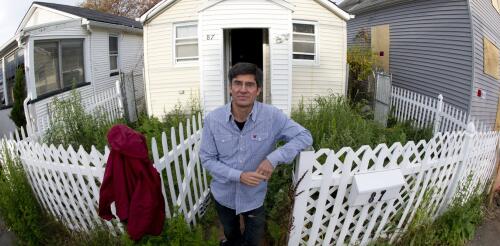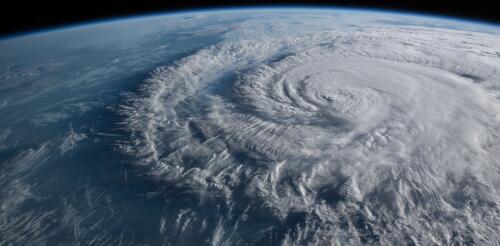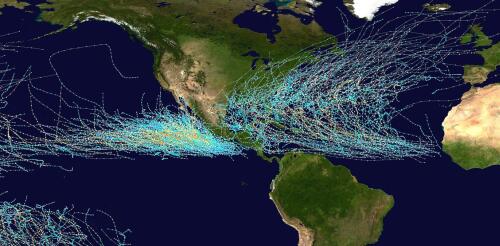Hurricanes
Over recent months there has been an orchestrated pushback against investors and insurers who integrate the risks of climate change into their business models. That pushback – emanating from Republican-led states – is having an impact on how companies speak publicly. But whether it will affect their efforts to respond to climate change is less clear. The latest targets have been global insurance companies, and their responses offer some insight. Under pressure, several major insurers, including AXA, Allianz, Lloyd’s and Swiss Re, have pulled out of a United Nations-organized alliance committed to a global goal of net-zero emissions by mid-century. There’s a word for companies going quiet in the face of orchestrated attacks: “greenhushing.” But while the insurers’ departures from the alliance might look like a victory for politicians and political donors who want to delay action on climate change, the companies say leaving doesn’t...
El Niño is officially here, and while it’s still weak right now, federal forecasters expect this global disrupter of worldwide weather patterns to gradually strengthen. That may sound ominous, but El Niño – Spanish for “the little boy” – is not malevolent, or even automatically bad. Here’s what forecasters expect, and what it means for the U.S. What is El Niño? El Niño is a climate pattern that starts with warm water building up in the tropical Pacific west of South America. This happens every three to seven years or so. It might last a few months or a couple of years. Normally, the trade winds push warm water away from the coast there, allowing cooler water to surface. But when the trade winds weaken, water near the equator can heat up, and that can have all kinds of effects through what are known as teleconnections. The ocean is so vast – covering approximately one-third of the planet, or about 15 times the size...
After Hurricane Ida hit New Orleans in 2021, Kirt Talamo, a fourth-generation Louisianan, decided it was time to go. He sold his flooded home, purchased his grandmother’s former house on New Orleans’ west bank, which hadn’t flooded, and moved in. It felt good to be back within its familiar walls, but his mind was on the future. “My other house wasn’t supposed to flood, and now insurance costs are going through the roof; it’s bad,” he told us. “I wanted to keep my grandma’s place in the family, but I don’t know how much longer I can stay. I’d love to, but it’s unsustainable.” When hurricanes and other disaster strike, they often trigger presidential disaster declarations, opening the way for large sums of taxpayer money to flow to affected communities. Some of that money will go immediately to help people in need. Some will go to rebuild public infrastructure, like roads and levees. And some of it will...
The Atlantic hurricane season starts on June 1, and forecasters are keeping a close eye on rising ocean temperatures, and not just in the Atlantic. Globally, warm sea surface temperatures that can fuel hurricanes have been off the charts in the spring of 2023, but what really matters for Atlantic hurricanes are the ocean temperatures in two locations: the North Atlantic basin, where hurricanes are born and intensify, and the eastern-central tropical Pacific Ocean, where El Niño forms. This year, the two are in conflict – and likely to exert counteracting influences on the crucial conditions that can make or break an Atlantic hurricane season. The result could be good news for the Caribbean and Atlantic coasts: a near-average hurricane season. But forecasters are warning that that hurricane forecast hinges on El Niño panning out. Ingredients of a hurricane In general, hurricanes are more likely to form and intensify when a tropical low-pressure system encounter...
The official 2023 hurricane season forecasts were just released, and while the Atlantic may see an average storm season this year, a busier-than-normal season is forecast in the eastern Pacific, meaning heightened risks for Mexico and Hawaii. A big reason is El Niño. El Niño typically means trouble for the Pacific and a break for the Atlantic coast and Caribbean. But while this climate phenomenon is highly likely to form this year, it isn’t a certainty before hurricane season ramps up this summer, and that makes it harder to know what might happen. It’s also important to remember that even in quiet years, a single storm can cause enormous destruction. As climate scientists, we study how climate patterns related to the frequency and intensity of hurricanes – information that is used to develop seasonal forecasts. Here is a quick look at how El Niño affects storms and why it tends to cause opposite effects in two basins separated only by a...




